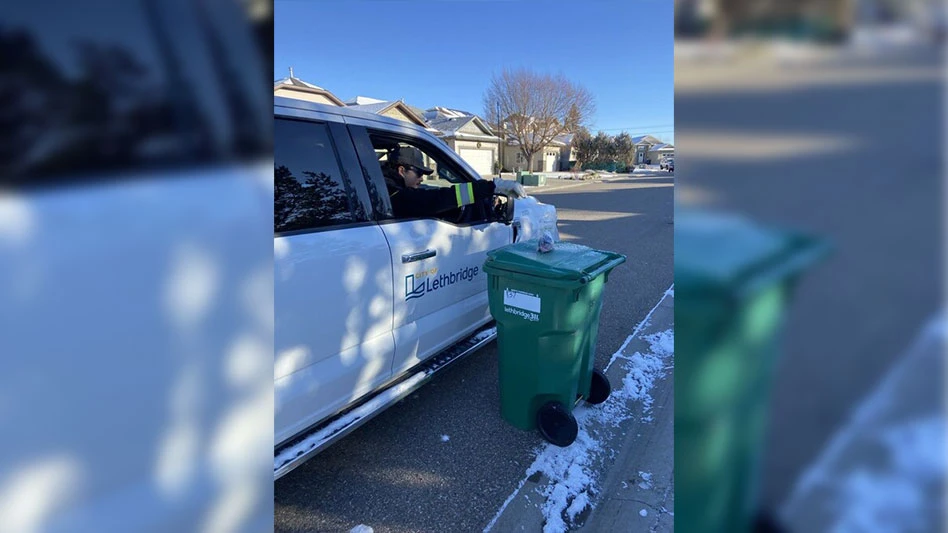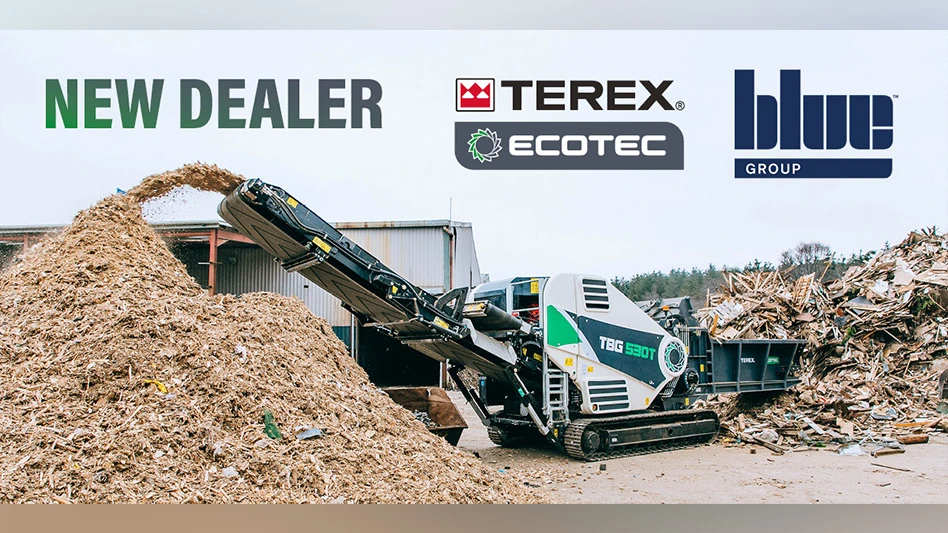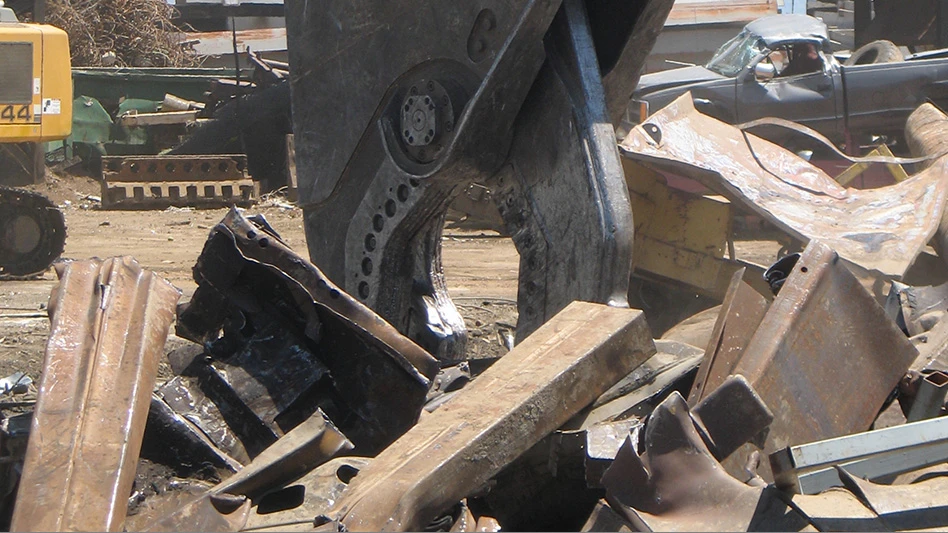
Recycling Today archives
The global economy has no shortage of skeptics in its ranks who have fears of the impact of inflation, rising interest rates and geopolitical confrontation. Seemingly separate from all that is steady bullishness surrounding the growth prospects for copper.
Among the massive changes tied to decarbonizing national economies and entire business sectors, several of them involve the consumption of copper. Electric vehicles (EVs) require more copper within them, plus copper-laden charging stations and stronger electric grids overall.
Likewise, several alternative (nonfossil fuel) energy methods tie into the need for a stronger overall electrical grid and additional wiring at the source (including wind turbines and solar arrays).
All of this has led to forecasts predicting a demand for copper that not only outpaces current demand but could—in the most extreme forecasts—outpace known reserves of copper in the ground.
No matter which of these forecasts prove most accurate, the recycling sector is anticipating that every gram of copper scrap that can make its way into a recycling facility will be needed to fill a seemingly bottomless well of future demand.
By one measure, the growth of the red metals sector seems more than notional. In its January 2023 statistical summary, the Lisbon-based International Copper Study Group (ICSG) found that world copper mine production increased by about 4.5 percent in January 2023 compared with the year before.
In addition to that sizable increase, ICSG says concentrate production increased “by around 3.5 percent and solvent extraction-electrowinning (SX-EW) by about 9 percent” year on year. In the mining sector, assessing geopolitical risks is the main barrier stunting the eagerness of mining firms to expand their copper holdings.
ICSG says some of the increased red metals activity this January, however, was a result of COVID-19 restrictions still in place in other parts of the world (most notably China) in early 2022. Despite the perceived EV revolution, copper consumption actually declined in the United States and rose slightly in Europe in January of this year compared with January of 2022.
United States-based veteran copper industry analyst John Gross, writing in early April, asks whether in the short term, copper’s brightness could be ready to fade as it did last spring and summer.
“Last year at this time, [spot market] copper rose to a record high $4.93 on March 4, and the full month average also posted a record high at $4.68 [and] it was thought still higher prices were on the horizon,” writes Gross.
He continues, “With that said, apparently the market didn’t get the memo that it should move up, because just four months later, July averaged $3.40, down $1.28, or 27 percent.”
Gross, in his The Copper Journal analysis, is keeping his eye on COMEX and LME inventories of copper as a method of parsing whether demand is genuinely growing or remains tied to an expected EV and “green energy” surge in usage.
Price resistance for scrap metal recently has been apparent in the ferrous scrap sector. Despite board room decisions in favor of decarbonization and conversations about a premium for recycled-content steel, ferrous scrap pricing in 2022 and early 2023 has experienced far more monthly declines than advances.
If one wishes to follow the money in terms of predicting copper recycling’s future, events of early 2023 have portrayed booming confidence in the sector.
Global recycling firm Sims Ltd. announced its acquisition of United States-based Northeast Metal Traders in March. While the acquired company trades several types of nonferrous scrap, its largest operating facility buys and processes copper wire and cable.
According to its announcement of the deal, Sims says the acquisition will “substantially increase the copper volumes” in its metals business. The company specifically says the acquisition will “strengthen its exposure to the energy transition and decarbonization” activities in the U.S. and global markets.
Germany-based metals producer Aurubis AG announced in December of last year that it had identified three projects into which it would invest about 530 million euros ($563 million). Two of those involved copper recycling (one in Germany, one in the U.S.), while the third entailed a solar energy installation.
This March, as a follow-up to one of those three projects, Aurubis signed a contract with Germany-based SMS Group to work on that firm for a second plant module at its Richmond, Georgia, recycling plant in the U.S. Once installed, the two SMS modules will allow Aurubis to take in some 180,000 metric tons of lower grade copper-bearing scrap annually and convert it to about 70,000 metric tons of blister copper.
Recyclers know well, as Gross indicates, that even if copper pricing trends upward on stronger demand, it will move up and down in fits and starts. Despite that market reality, recycling company executives and board members seem to be gearing up for a demand scenario that will reward those with abundant copper scrap supplies.
Latest from Recycling Today
- Phoenix Technologies closes Ohio rPET facility
- EPA selects 2 governments in Pennsylvania to receive recycling, waste grants
- NWRA Florida Chapter announces 2025 Legislative Champion Awards
- Goldman Sachs Research: Copper prices to decline in 2026
- Tomra opens London RVM showroom
- Ball Corp. makes European investment
- Harbor Logistics adds business development executive
- Emerald Packaging replaces more than 1M pounds of virgin plastic





